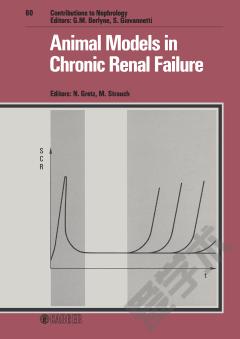Animal Models for Asthma —— Workshop on Asthma in Animal Models, Hannover, January 2003: Contributions. Special Topic Issue: Pathobiology 2002/2003, Vol. 70, No. 5
----- 哮喘动物模型
Worldwide, the incidence of asthma has increased dramatically over the last few years. While a multitude of studies on the pathobiology of this disease have been published, both the morphological and functional aspects of asthma are still far from being well defined. The contributions to this special issue discuss the relevance of animal models to asthma research. Rodents, the most commonly used animal model for asthma, offer a good system to study specific aspects of its development but also have clear limitations as they only partly reflect the pathology of human disease. The roles of the heterogeneous cell types in immune reactions in the lung are also analyzed and promising new treatment strategies for the chronic inflammation in asthma are presented. Animal models for chronic obstructive pulmonary disease are also considered. Elucidating controversial aspects and defining future areas of research, this workshop summary will be of special interest to experimental pathologists, pneumologists and allergologists working on the pathophysiology and treatment of asthma.
{{comment.content}}








 京公网安备 11010802027623号
京公网安备 11010802027623号